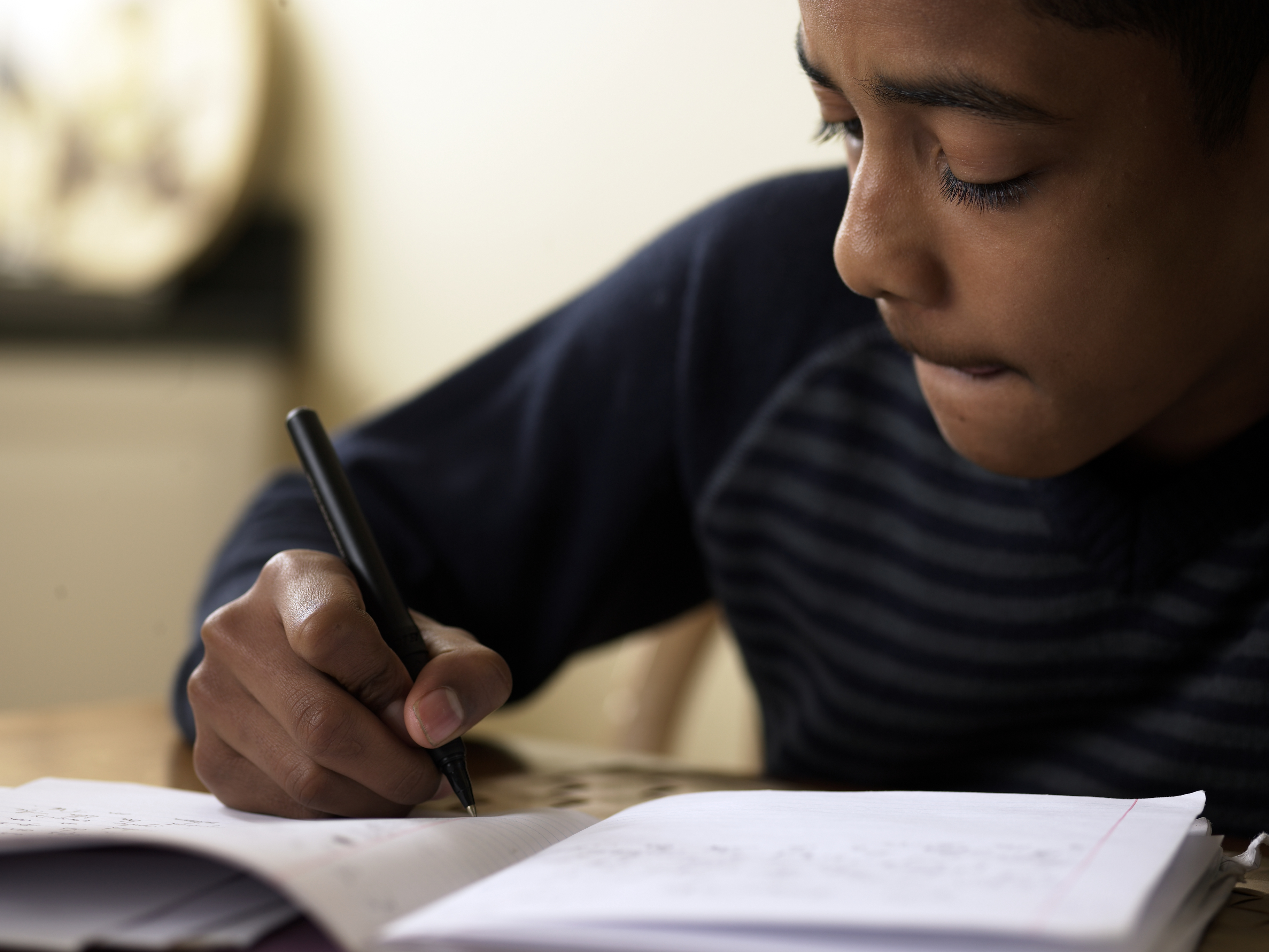 Approximately 50% of the student population is female, and 50% is male. Yet the majority of students in special education tend to be male, and 85% of educators in America are female. Simply from a numbers perspective, this does not make sense. The male and female student population are approximately equal; why the disproportionality? Since the majority of educators are female, and since females do much of the identification, is there an issue there?
Approximately 50% of the student population is female, and 50% is male. Yet the majority of students in special education tend to be male, and 85% of educators in America are female. Simply from a numbers perspective, this does not make sense. The male and female student population are approximately equal; why the disproportionality? Since the majority of educators are female, and since females do much of the identification, is there an issue there?
With the advent of MRI brain scans, we are learning there are big differences in how males and females process their respective realities. In higher education institutions, the argument exists that males and females need the same things – love, belonging, safety, etc. I totally agree, but the processing is quite different between male and female brains. For example, a car and a boat have some similar characteristics – but they operate quite differently.
Some general information about the differences is in order because they tend to lead to over-identification of males in special education. (Like any type of information, there will always be exceptions.)
In general terms, the male brain is more “compartmentalized” than the female brain. The corpus callosum, the set of neural fibers that unites the two halves of the brain, is about ¾ of an inch thicker in a female brain than it is in a male brain. This allows for faster transmission of information between the two sides of the brain.
Another difference is the manner in which the corpus callosum impacts emotional processing. For example, when a female has an emotional hit, that information is flooded throughout the brain in a matter of minutes. The first thing a female tends to do is cry and talk. When a male brain has an emotional hit, it is initially processed in one region of the brain and, in some studies, it averaged approximately 5 hours for that emotional information to permeate the brain. He first typically wants to be left alone and to be silent.
However, in school, if a male gets in a fight and has a female teacher or administrator, the first thing that is demanded of the male student is “tell me what happened.” When the male student sits there and says nothing, he is often accused of being “recalcitrant, uncooperative, and defiant.” So he is punished again. There is a simple solution. Simply have the male student drink 8-12 ounces of water. Water metabolizes cortisol faster, and the student calms down. Do not ask them to talk until they have completely finished the water. Give them something to do with their hands (they will talk a lot more), and do not require that they look at you when they talk. Activity helps males process better.
Furthermore, when males get emotionally stressed, the natural tendency is for them to “shut down.” So, simply put, they do not hand in work.
Additionally, males tend to prefer physical aggression, while females often prefer relational, verbal aggression (“he said, she said, they said…”). We kick students out of school for physical aggression, but we do very little to students who engage in relational aggression. This is yet another bias against males. Please understand that I do not support either kind of aggression. I am just noting that, in the school business, we punish one form of aggression much more than the other.
Another difference in males lies is their hearing and seeing. Female retinas are hard wired to take in more light than male retinas, and that allows them to see detail and color better. Male retinas are hardwired to see movement. School emphasizes details (e.g. how letters and numbers are different, the details of testing, etc.). In kindergarten, the teacher will ask a student to color something. The female has the details and colors correct. The male takes his crayon and scribbles. Because males’ eyes are hardwired to see and function through movement, they tend to learn more while doing so.
Secondly, because of how their hearing is wired, males hear less well than females. So for the males in the back of the room, if the teacher is soft spoken, they simply do not hear her. Then they do not pay attention, so we identify them as ADHD. A simple solution is to move the student to the front of the room.
Yet another difference is that females tend to acquire language at a younger age than males do. The indications are that those differences tend to equalize around third grade. Testing emphasizes language development. On average, a female will listen to someone for 15 minutes before she decides that the person is worth the attention. A male will listen, on average, for 5 minutes before he decides whether to listen or not.
How do these differences lead to over-identification?
What happens in the early grades (K-3) is that, because of these differences, the male student often gets behind in skill development (e.g. decoding/comprehension, letter/number understandings, vocabulary acquisition, behavioral issues, etc.). By third grade, the gap is often so large that he has difficulty functioning in the main stream. So we identify him for special education.
It does not need to be that way. Many male students could be much more successful in school if we made our schools more boy friendly. For more information, read Boys in Crisis and/or Boys in Poverty: A Framework for Understanding Dropout.








